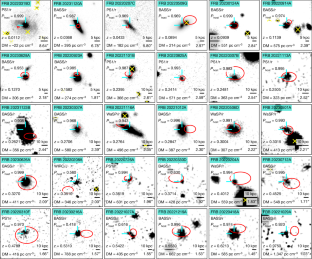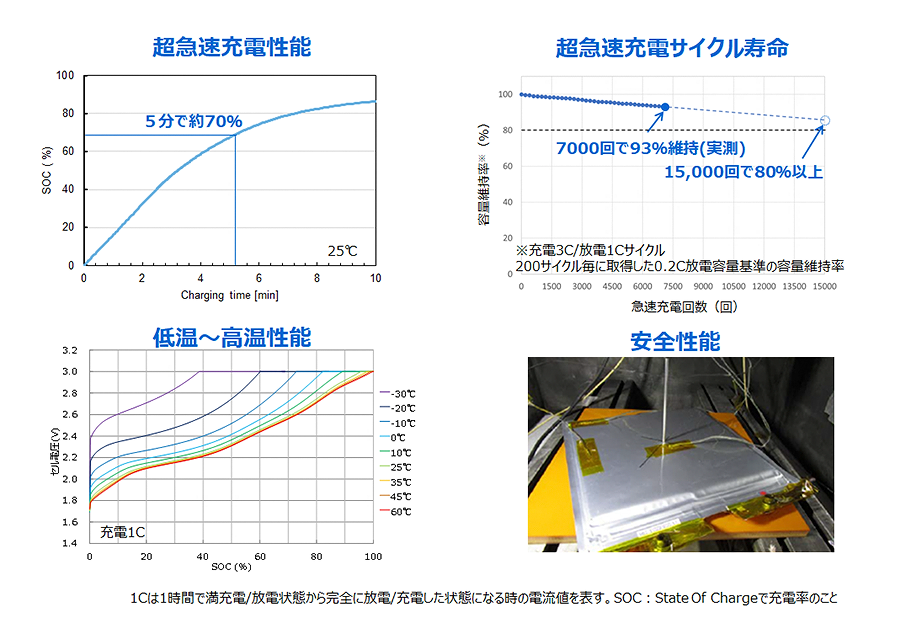2024-11-06 カリフォルニア工科大学(Caltech)
<関連情報>
- https://www.caltech.edu/about/news/mighty-radio-bursts-linked-to-massive-galaxies
- https://www.nature.com/articles/s41586-024-08074-9
大質量星形成銀河における高速電波バーストの優先的発生 Preferential occurrence of fast radio bursts in massive star-forming galaxies
Kritti Sharma,Vikram Ravi,Liam Connor,Casey Law,Stella Koch Ocker,Myles Sherman,Nikita Kosogorov,Jakob Faber,Gregg Hallinan,Charlie Harnach,Greg Hellbourg,Rick Hobbs,David Hodge,Mark Hodges,James Lamb,Paul Rasmussen,Jean Somalwar,Sander Weinreb,David Woody,Joel Leja,Shreya Anand,Kaustav Kashyap Das,Yu-Jing Qin,Sam Rose,… Yuhan Yao
Nature Published:06 November 2024
DOI:https://doi.org/10.1038/s41586-024-08074-9

Abstract
Fast radio bursts (FRBs) are millisecond-duration events detected from beyond the Milky Way. FRB emission characteristics favour highly magnetized neutron stars, or magnetars, as the sources1, as evidenced by FRB-like bursts from a galactic magnetar2,3, and the star-forming nature of FRB host galaxies4,5. However, the processes that produce FRB sources remain unknown6. Although galactic magnetars are often linked to core-collapse supernovae (CCSNe)7, it is uncertain what determines which supernovae result in magnetars. The galactic environments of FRB sources can be used to investigate their progenitors. Here, we present the stellar population properties of 30 FRB host galaxies discovered by the Deep Synoptic Array (DSA-110). Our analysis shows a marked deficit of low-mass FRB hosts compared with the occurrence of star formation in the Universe, implying that FRBs are a biased tracer of star formation, preferentially selecting massive star-forming galaxies. This bias may be driven by galaxy metallicity, which is positively correlated with stellar mass8. Metal-rich environments may favour the formation of magnetar progenitors through stellar mergers9,10, as higher-metallicity stars are less compact and more likely to fill their Roche lobes, leading to unstable mass transfer. Although massive stars do not have convective interiors to generate strong magnetic fields by dynamo11, merger remnants are thought to have the requisite internal magnetic-field strengths to result in magnetars11,12. The preferential occurrence of FRBs in massive star-forming galaxies suggests that a core-collapse supernova of merger remnants preferentially forms magnetars.



